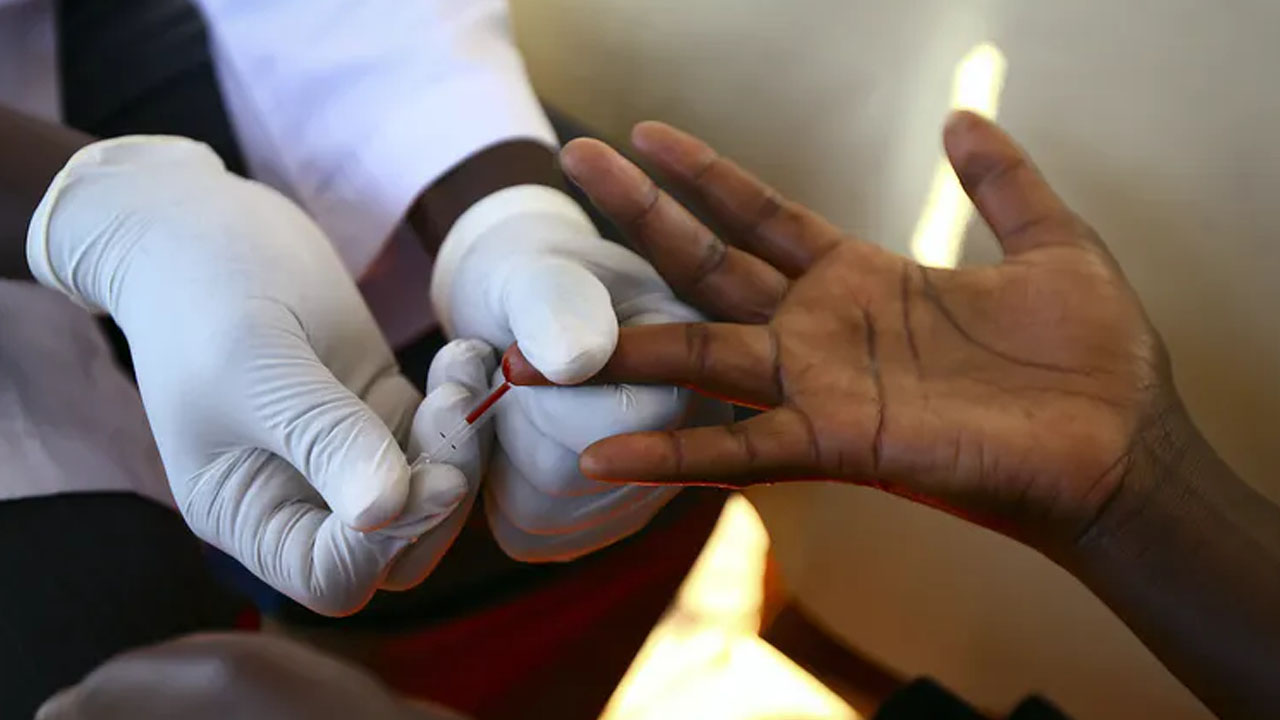
Findings of a study “Odonata Diversity in Nigeria,” carried out by researchers from six higher institutions in the country, have shown that the populations of dragonflies and damselflies (Odonata) are declining in an unprecedented manner in the country.
The researchers, who said that the development is not a good sign for the country, stated that the presence of dragonflies and damselflies (Odonata) is among others taken as an indication of good ecosystem quality, thus its disappearance is not a good one for the environment.
The research team leader, Dr. Kehinde Kemabonta, who spoke at the end of Project Stakeholders Meeting on Digitization of Species of Odonata (Dragonflies and Damselflies) of Nigeria, held recently at the University of Lagos (UNILAG), said that “adult and nymphs of dragonflies are listed among the edible insects by FAO, 2013 as they contain 46-65 per cent crude protein.” She said they are therefore used as minor food item in some countries.
Other researchers are Temitope Onuminya from UNILAG, Prof. Sylvester Ogbogu of Obafemi Awolowo University, Ile Ife; Dr. Babasola Adu from Federal University of Technology Akure, Prof. Adebayo Omoloye from University of Ibadan; Dr. Azeezat Alafia from Lagos State University; Dr. Rosemary Essien from Akwa Ibom State University, Uyo; and Mrs. Titilayo Raji from Lagos State Ministry of Environment.
According to Kemabonta, “Odonata is an order of carnivorous aquatic insects comprising of dragonflies (Anisoptera) and damselflies (Zygoptera). They are called Lami lami in Yoruba and Zirnako in Hausa language. The difference between the two is that dragonflies are usually bigger in size and hold their wings out perpendicular to their bodies when at rest, like an airplane, while damselflies are smaller, and fold their wings up and hold them together across the top of their backs.
“They are also used as magical or medicinal resources at a local scale, as some people believe that dragonflies are wind of change that seeing a dragonfly could foretell a time of great change and transition. In Japanese culture, dragonfly represents joy, strength and happiness.
“Moreover, Odonates can be quite effectively used to monitor the quality of freshwater habitats, and are often used as indicators for environmental health and conservation management because of their sensitivity to alterations in habitat structure.
Also seeing a particular dragonfly in an area tells one if the associated water body is polluted, filled with organic matter or clean for drinking,” she said.The research was sponsored by UNILAG and Global Biodiversity Information Facility (GBIF) under Biodiversity Information for Development.
Introducing the GBIF at the forum, a co-researcher, Dr. Onuminya, explained that GBIF is concerned with the gathering and storage of biological data on animal and plant species and making them available for public use. She stated that the project is funded by GBIF in collaboration with the European Union under the Biodiversity Informatics for Development grant awarded to the team in 2017.
Vice Chancellor of the institution, Prof. Oluwatoyin Ogundipe, represented by the Deputy Vice Chancellor, Prof. Oluwole Familoni, while congratulating the entire team for the successful completion of the project, stated that the project is an effort to ensure conservation of biological data for ease of use for all and sundry.
“This is in line with global initiative as access to data paves way to greater development and innovation.” He however, added that UNILAG is open to collaboration with various stakeholders in ensuring a sustainable future for biological diversity.
Another co-researcher, Dr. Adu, on his part stated, “A total of 11,055 individuals from 263 Species from 80 genera in 11 families were collected in Nigeria. Some of the localised species found in the 1950s and 1960s that were associated with pristine waters were not found in the collections of 2010 to present.
“Some of these species may likely be in very few primary forests found in the country. Based on IUCN red list categories, most of the species found were of ‘Least concern’ and very few were ‘Data deficient,’ only an individual of Ceriagrion citrilum and Micromacromia miraculosa which are ‘Endangered’ species were sampled throughout the duration of the research.”
Mrs. Raji made a clarion call that there is a need “to enforce the laws that regulate the use of our wetlands.” She said that Lagos state has gone a step further to preserve some of her wetlands such as the ones at Iyaffin at Badagry and Orugbo/Itoikin at Ikorodu.
Also Dr. Alafia, stated, “The presence of dragonflies and damselflies (Odonata) is taken as an indication of good ecosystem quality. Some species can tolerate a wide range of conditions whiles others are very sensitive to pollution and other disturbance within the environment. Except for a few, all sampled water bodies were polluted due to organic or anthropogenic activities”.
Meanwhile, Kemabonta had earlier stated that the research team reviewed and digitized past literatures on Odonata; collections from Museums of Natural History at University of Ibadan; Ahmadu Bello University, Zaria; Obafemi Awolowo University, Ile-Ife Nigeria; and individual collections of some entomologists.
They also conducted surveys and digitized Odonata of LUFASI park in Lagos, Nigerian Conservation Foundation in Lagos, Victoria Garden City in Lagos, Omu Resort in Lagos, Okomu Forest in Benin, Whispering Palms in Badagry, French Village in Badagry, Apomu Forest in Ondo State, and Eruwa town to mention a few. The digitized collections were from 1951 to 2019, Kemabonta disclosed.






